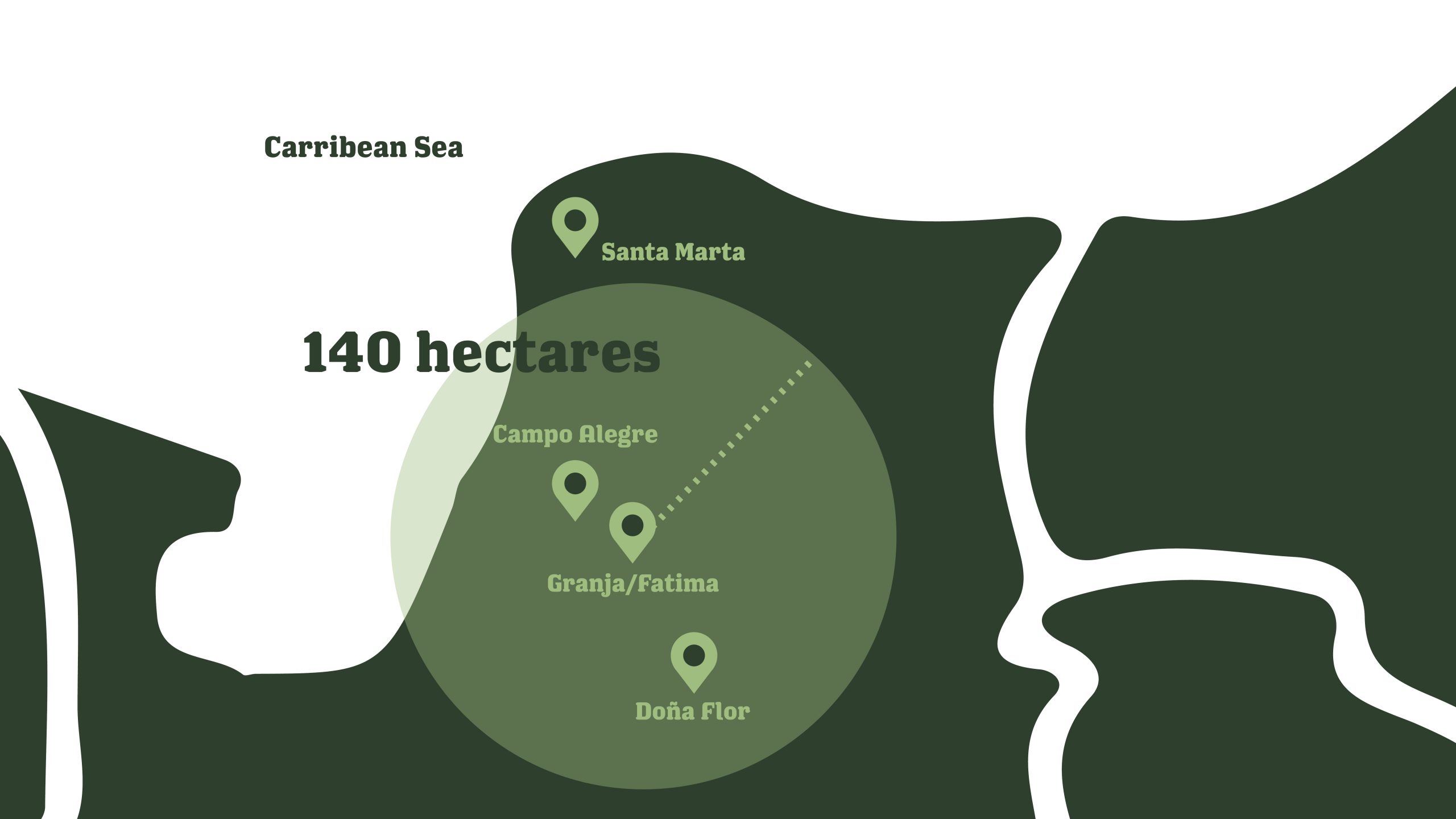
DOMINIQUE BANANAS
Our bananas are grown in the region of Sierra Nevada de Santa Marta on our three farms: Fatima, Campo Alegre and Granja.
In Santa Marta, there are over four meters of topsoil, which gives the banana plants ideal growing conditions. Due to the region’s coastal location, a special microclimate is created where the combination of hot days and cool nights promotes the fructose content in our bananas as well. This makes our bananas grow into a particularly sweet fruit.
DOMINIQUE BANANAS has devoted all its energy to developing the most delicious, ethical, sustainable banana.
Plastic free farming & packaging
Plastic-free farming eliminates 703.68 kg of plastic waste per hectare per year (ha/yr). This includes the plastic bags for the bunch, the bunch separator and the nylon threads.
Plastic-free packaging eliminates 120.4 kg of plastic waste per hectare per year (ha/yr). This includes the plastic banavac that farmers use to pack the bananas in the boxes.
Additionally, the farm absorbs CO2, reducing its net carbon footprint.
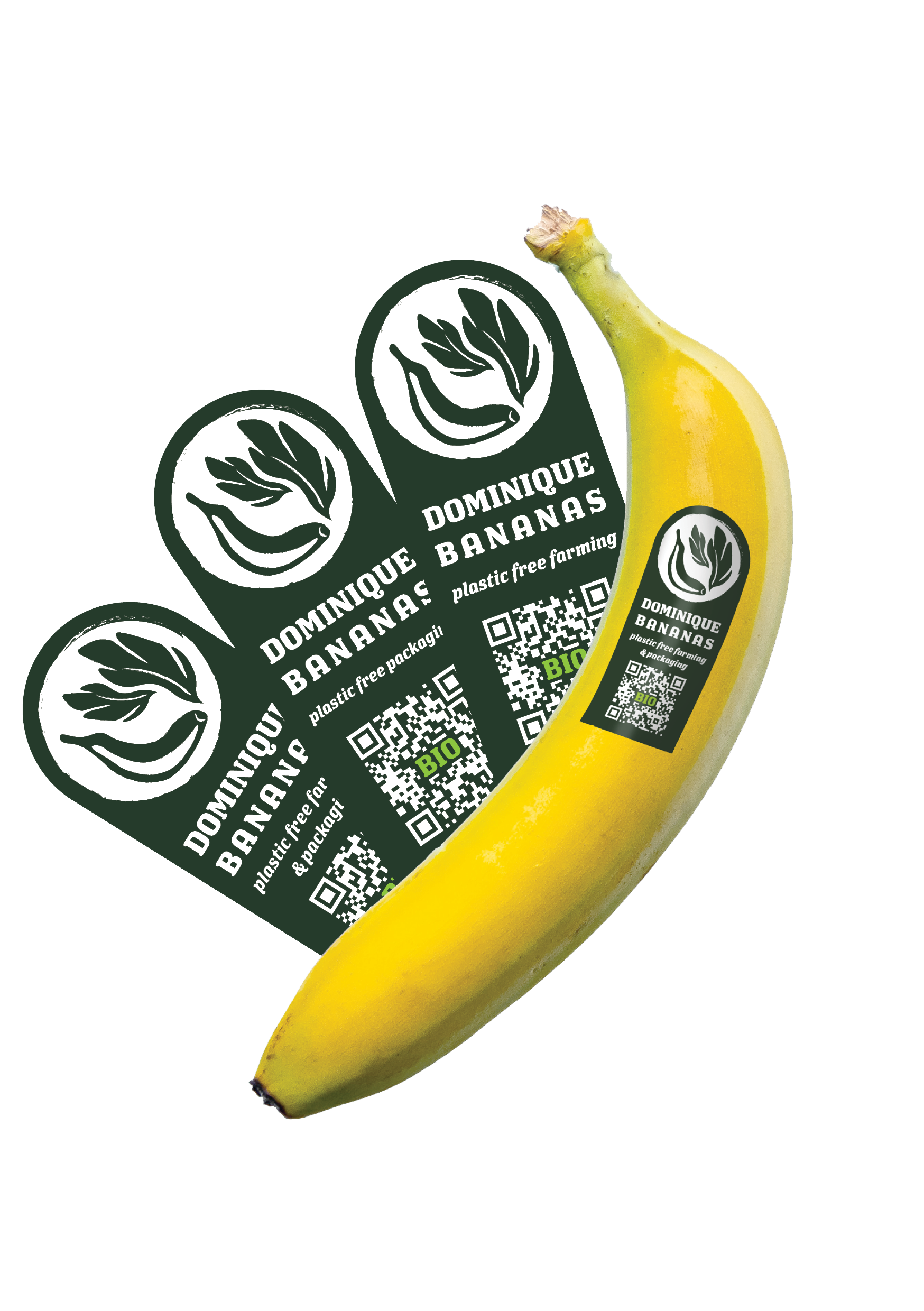
This means that if you buy bananas with plastic-free farming and packaging, the reduced amount of plastic waste adds up to
824.48 kg (ha/yr)
which results in a negative carbon footprint of
-56.32 g CO2/per kilo
The TRANSFORMATION to plastic free farming & packaging
Plastic-free farming and packaging is a priority to protect the environment by both reducing farms’ carbon footprint and decreasing the amount of plastic packaging, which largely ends up in nature and the soil. See all the steps we have taken to achieve plastic-free farming and packaging.
BANANA BUNCH COVERAGE
2018
plastic bag
+75 g of CO2 for each kilo of banana
Since 2019
biodegradable FSC paper bag
-124 g of CO2 for each kilo of banana
2018
Since 2019
Banana bunch seperator
2018
plastic seperator
Since 2019
biodegradable FSC paper seperator
ROPE FOR TYING UP BANANA BUNCH
Until 2019
plastic rope
Since 2020
natural fique rope
PACKAGING FOR SHIPPING OF BANANAS
2018
plastic bananavac
Since 2019
paper sheet
The TRANSFORMATION to plastic free farming & packaging
Plastic-free farming and packaging is a priority to protect the environment by both reducing farms’ carbon footprint and decreasing the amount of plastic packaging, which largely ends up in nature and the soil. See all the steps we have taken to achieve plastic-free farming and packaging.
BANANA BUNCH COVERAGE
2018
plastic bag
+75 g of CO2 for each kilo of banana
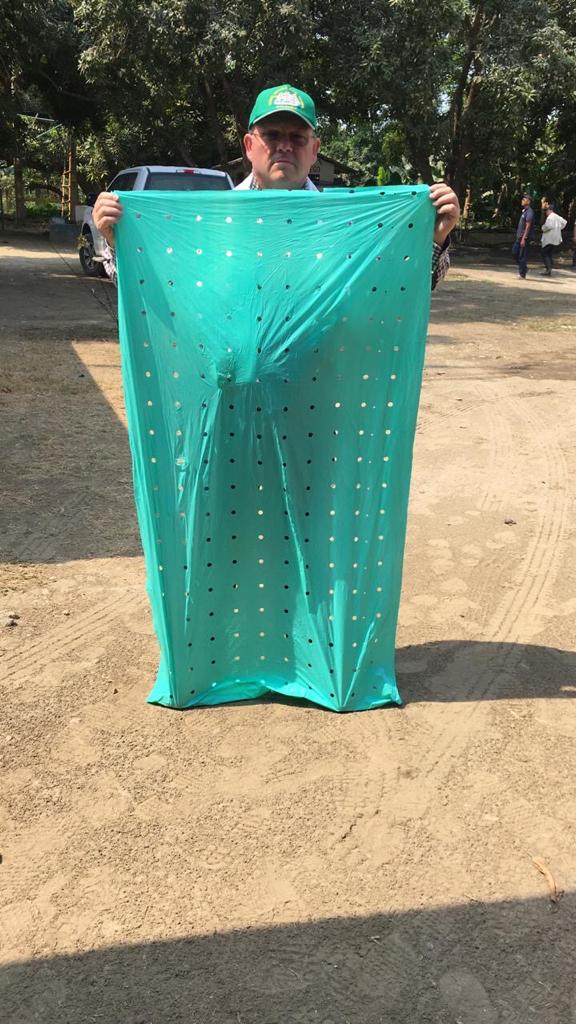
Since 2019
biodegradable FSC paper bag
-124 g of CO2 for each kilo of banana
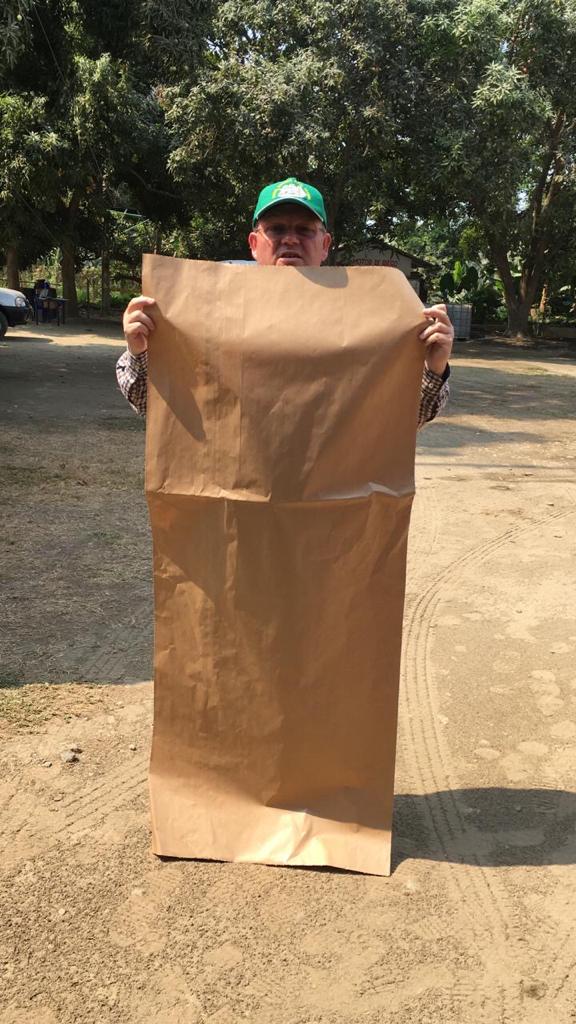
2018
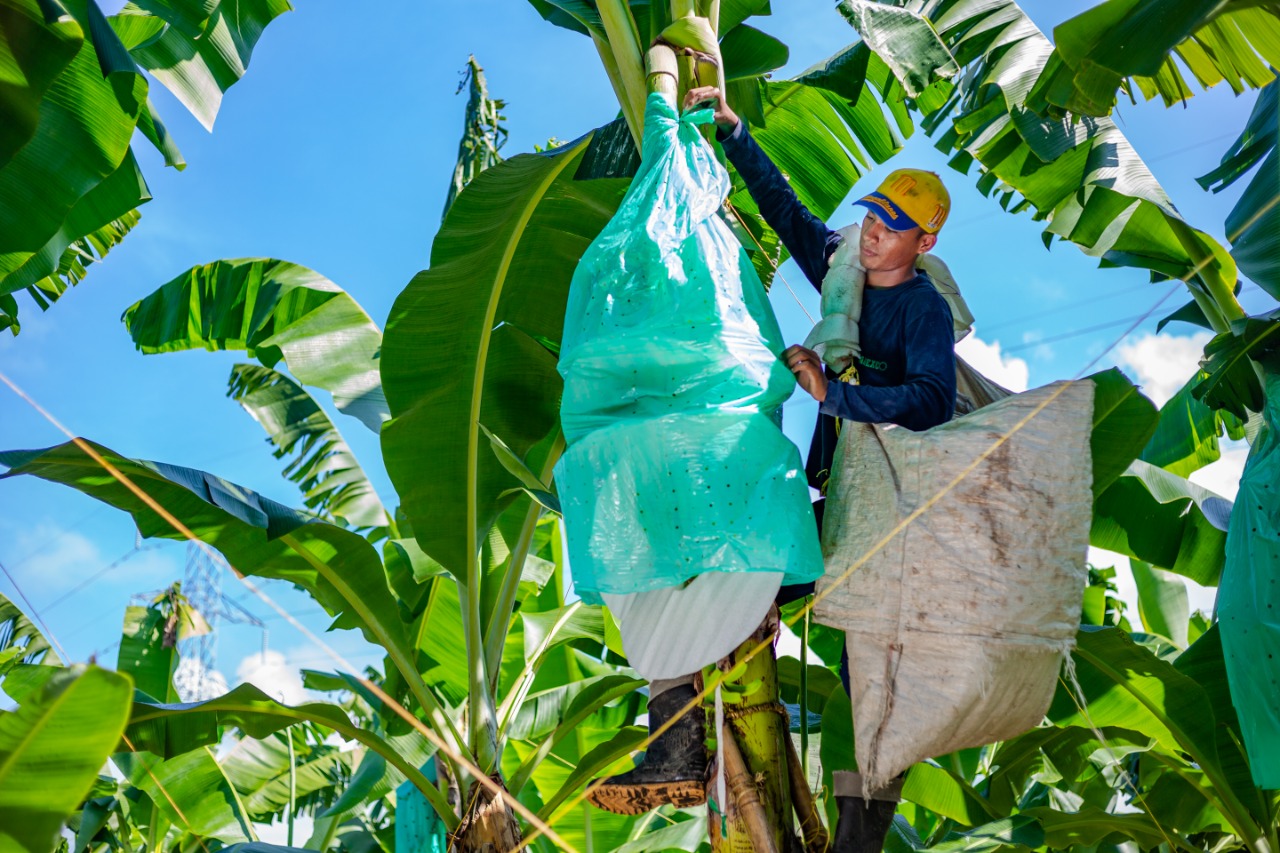
Since 2019
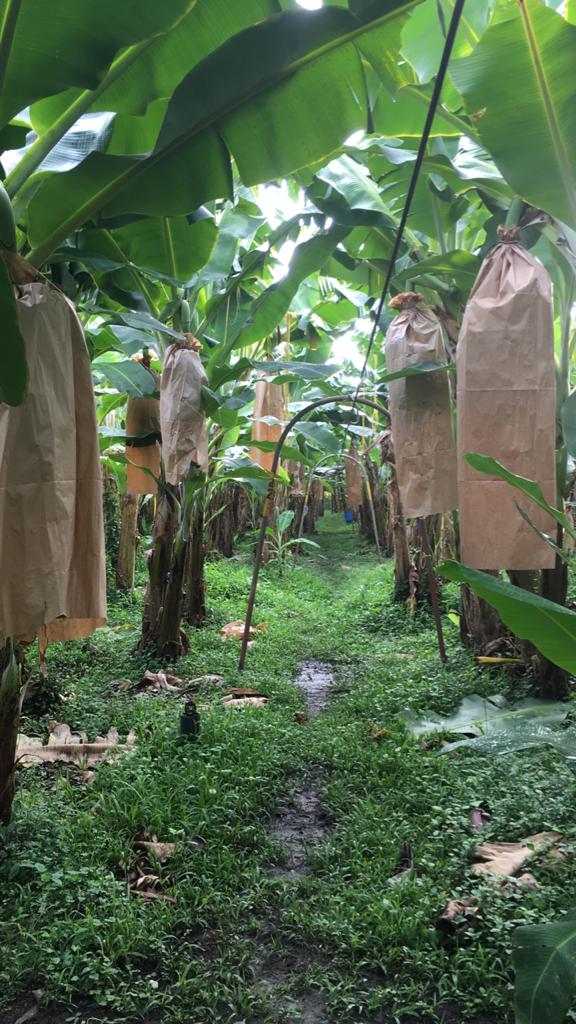
Banana bunch seperator
2018
plastic seperator
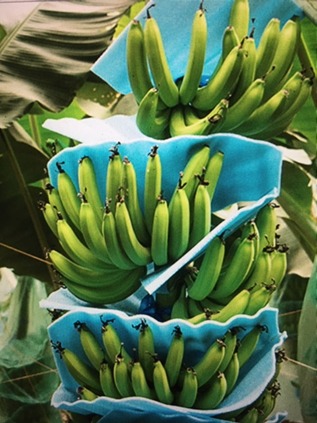
Since 2019
biodegradable FSC paper seperator
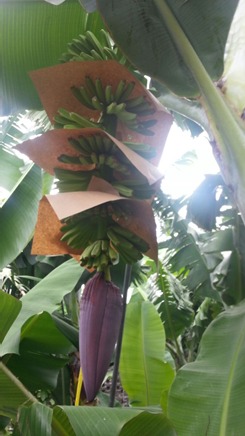
ROPE FOR TYING UP BANANA BUNCH
Until 2019
plastic rope
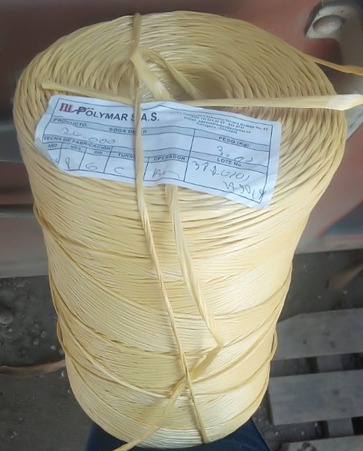
Since 2020
natural fique rope
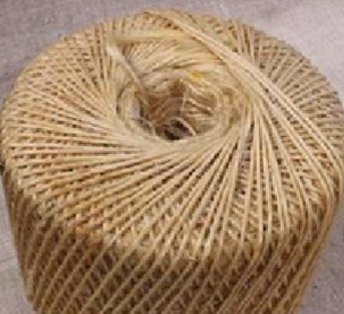
PACKAGING FOR SHIPPING OF BANANAS
2018
plastic bananavac
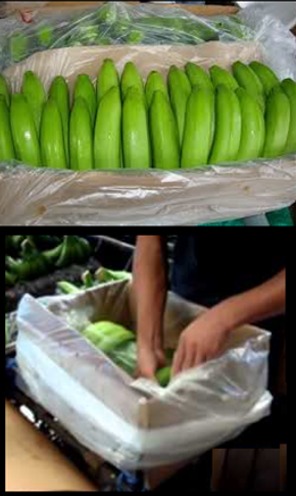
Since 2019
paper sheet
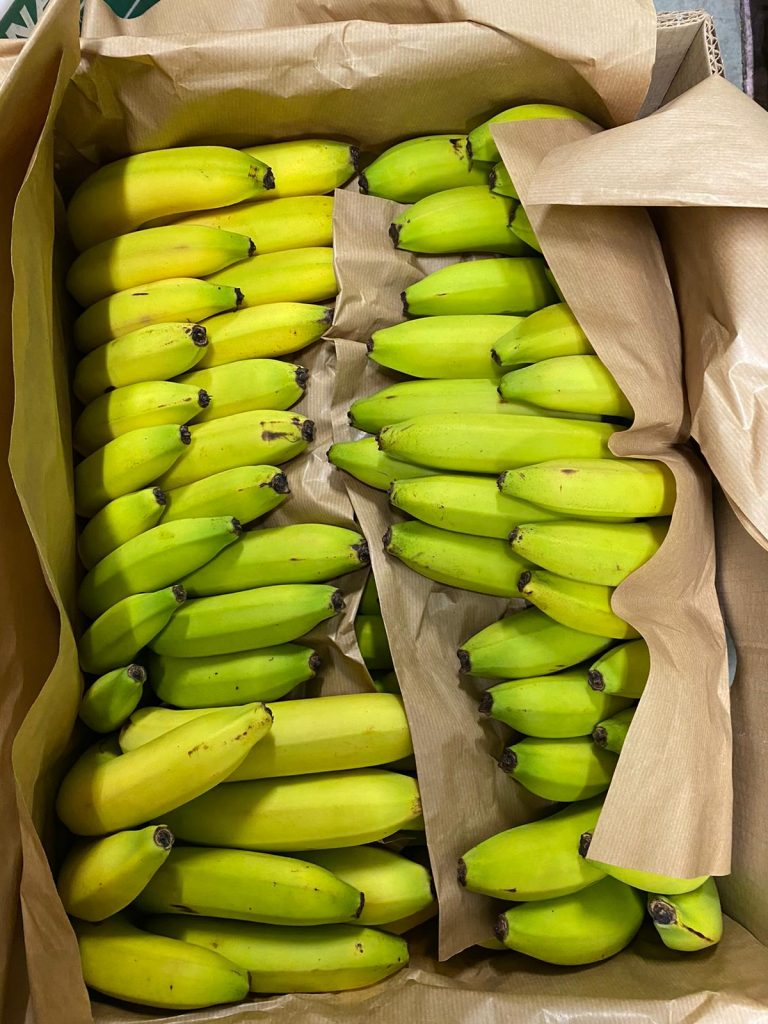
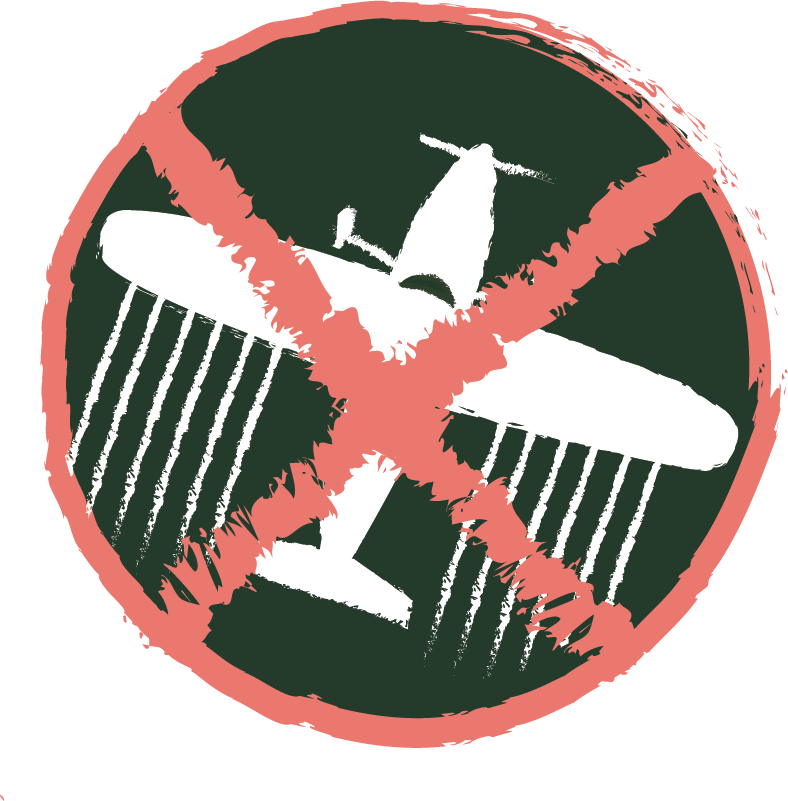
No Fumigation
Plane fumigation increases farms’ CO2 footprint.
In our region, there are an average of 36 fumigations a year, equivalent to 5,500 liters of kerosene.
In 2019, we chose to stop using plane fumigation, improving our carbon footprint.
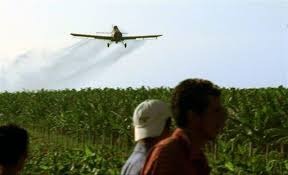
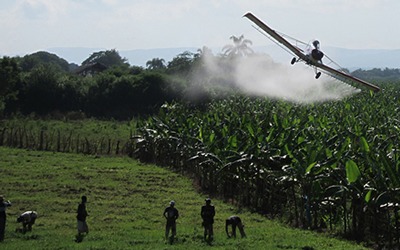
BIODYNAMIC FARMING
Soil is our priority. Bananas are very demanding, and without soil care there is no sustainability. The rewards of this effort can be seen in nature. The fauna and flora are simply becoming healthier and more resilient, and we have witnessed fewer cases of devastating fungal and insect attacks. Our banana plants are resistant to the fourth generation of Sigatoga as well.
COW HORN MANURE
Thanks to the biodynamic preparation, the horn manure preparation with the cow pat pit or “Fladen” stimulates the soil microlife. Combined with mature compost and our compost created with six plants (yarrow, chamomile, stinging nettle, oak bark, dandelion and valerian), it stimulates the vitality of the humus and naturally regenerates the soil.
Soil coverage permaculture
To protect our soil and terroir against erosion and water evaporation, we have biodiversity with more than 13 identified beneficial flora. In our permaculture system, we integrate several cycles of the bean crop, which synthesize the nitrogen from the air and bring nitrogen into the soil with the nodulation process. The bean crop also allows us to bring a huge quantity of mulch (carbon) to feed the soil. Thanks to our soil flora’s high biodiversity, we have reduced our water consumption by 45% compared to 10 years ago.
used paper bags & seperators used for compost
We use paper tree bags and separators for compost and to control overgrowth of specific gramineae.